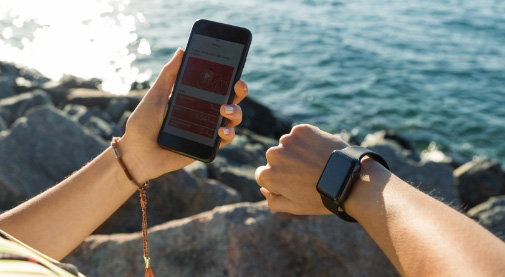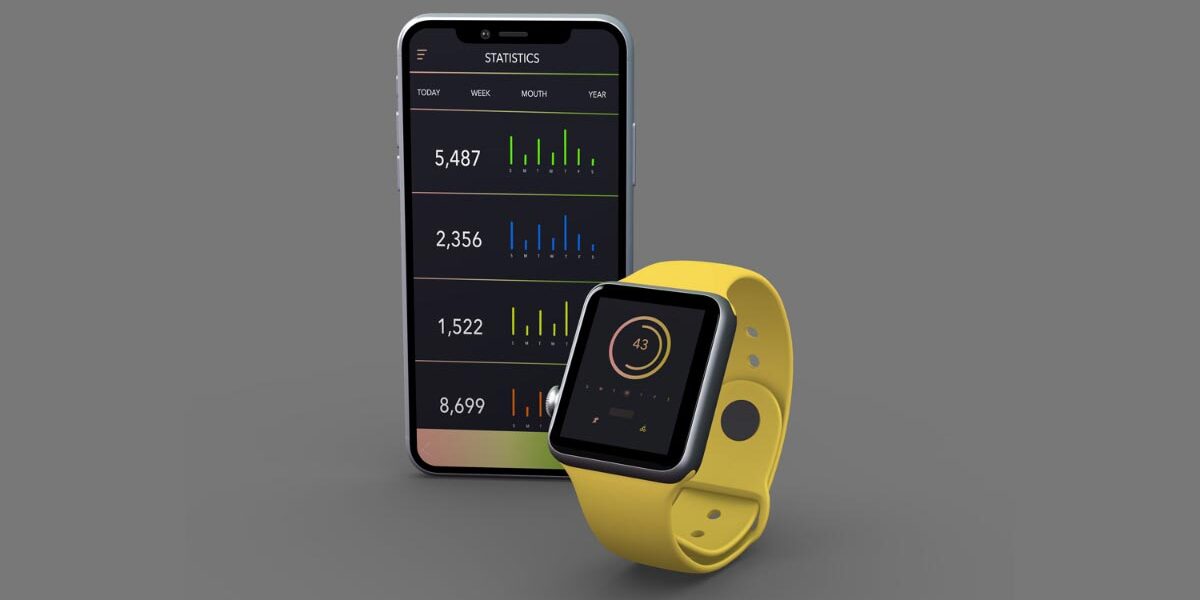Because of the demand and need for wearable IoT devices across various sectors, the requirement for custom mobile apps for these smart devices also grows fast. These wearable are the driving force for the changes and improvements of new mobile apps.
Let’s dive into some of these variations in the offing:
How Wearable Technology Will Soar the Future of Mobile Apps
Comfortable User Interface
Wearable applications would have precise and highly relevant user interfaces. The furnished application consists of features and instructions for users that would be more concise, and tabs would be ergonomically built for secure access by users.
Increasing screen sizes
The future mobile apps to be developed for the wearable technologies ecosystem would show accurately related information with progressive improvements in the screen sizes. This will assist in creating information design more user-friendly and pervasive.
Computational capability
wearable technologies would have fast computational skills because of the requirements of the on-the-go outputs and the real-time inputs in the future. Apart from this, a few of the inputs would be in the type of big data files, which would need a sophisticated algorithm for processing.
Fast and Lightweight
For wearables, the mobile apps would be so lightweight that they can load fast and revert to person commands quickly. Keeping in this mind, the developers are creating apps. Users will find more likely to use their wearables with such types of apps.
Customizable notifications
For wearable IoT devices, it is possible that the applications would focus on customizable notifications such as voice memos, single-word messages, and different colored signals; this will allow the user to show the app in the way they want.
Low power consumption
The next-gen mobile applications would be equipped for low power consumption profiles for wearable IoT devices because of their real-time usage and to ensure a longer battery life of devices. This implies that the users can use their devices for a longer period without charging the device.
Seamless data transmission

The applications provide seamless and fast data transmission between smart devices(e.g., Bluetooth smart technology-enabled applications) for wearable devices. It has already been witnessed that several giant companies have started implementing their wearable strategy on Bluetooth and WiFi.
Advanced communication features
The mobile application also has improved communication features such as swiping and tapping or answering voice commands for wearable devices. This will work as a breath of fresh air and influence people into being hypnotized by the app features.
Semantics and Biometrics
Advance mobile applications enable the integration of semantics and biometric-based software to help understand emotions, track improvement, and detect biopotential (For example, with sensors like a multi-axis accelerometer, developers would be more creative and design novel gesture detection applications).
Real-time communication
Mobile applications provide modernize real-time communication to users and concerned professionals (e.g., doctors) regarding the current state of the users. Such real-time communication can also let the businesses control and provide guidance to personnel.
Artificial Intelligence
For wearable IoT devices, mobile apps use artificial intelligence algorithms to predict user behavior and change their performance. In this process, such mobile applications will enhance and personalize the user experience of wearable devices.
Augmented Reality
Mobile apps use augmented reality programs for wearable devices by improving the human senses of seeing, hearing, feeling, and smelling. For instance, augmented reality can be executed to amplify voice commands, develop health-related data and devise navigation in maps.
Cloud, Data and Security
Mobile applications use the cloud as the primary data center for data storage because it will store and allocate data for wearable devices. In this case, security is vital, and it is essential to ensure that security standards are applied by the application to protect user data. Especially in applications dealing with confidential user data in a standard open-source ecosystem, having a complete security protocol will be needed for users. Access to the user data and the application can be facilitated with biometric and voice recognition systems in the cloud.
On A Concluding Note
To conclude, the rise of wearable IoT devices such as fitness trackers, bone conduction headphones, watches, contact lenses, headbands, caps, belts, and jewelry will develop more complex and superior mobile applications. For wearable, these applications will soften the interface between humans and hardware devices. For wearables, every application should have a unique set of features according to the industry.




Can you be more specific about the content of your article? After reading it, I still have some doubts. Hope you can help me. https://www.binance.com/id/register?ref=V2H9AFPY